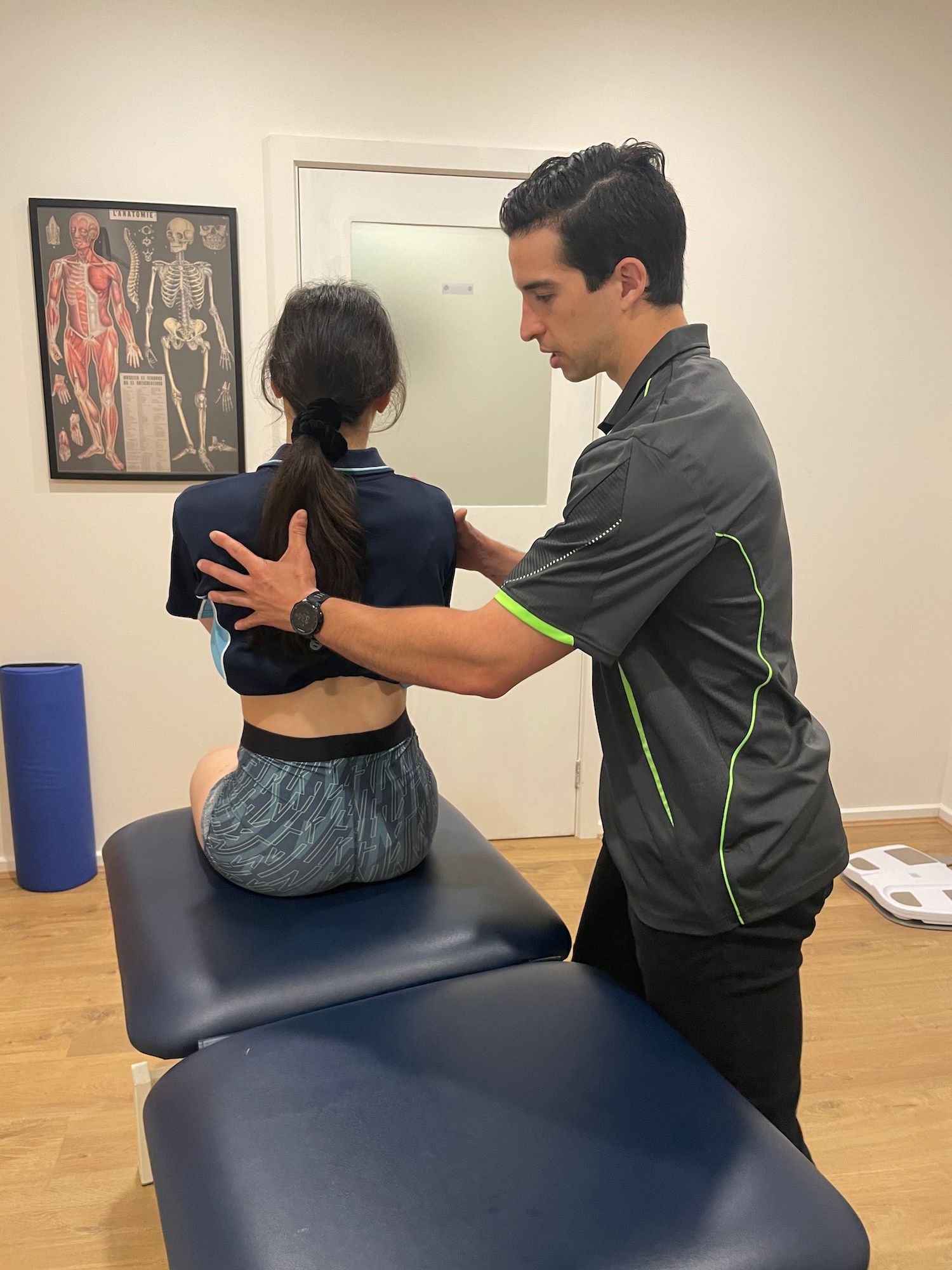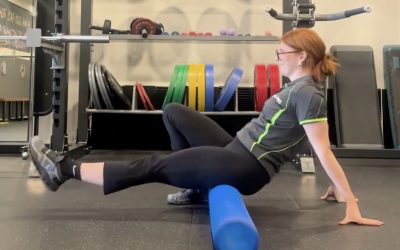Have I slipped a disc?

Have I just slipped a disc? Oh no!
Fear not! It isn’t the end of the world.
Throughout our lives, we put our spine under pressure with everyday occurrences like household chores, sport, work, weight gain and direct trauma.
This can cause the jelly-like disc to slowly, but surely, become more flat and less shock absorbent. Eventually due to wear and tear, they lose their shape and bulge out slightly, which CAN or CANNOT touch the surrounding nerve roots causing irritation and nerve pain.
So, as our bodies start the degeneration process from the time we are in our mid-twenties, coupled with everyday stress and trauma, disc bulges would seem pretty common, yeah? Well, it is…especially over the age of 40, usually in the lower back.
Surprisingly, a lot of people “slip”discs, yet have no symptoms of this whatsoever, simply due to general wear and tear! And so, they go on with their lives- none the wiser!
Yes. That’s right. Bulging discs can have no symptoms.
Just because your MRI comes back positive with a result for a bulge, doesn’t necessarily mean that it is going to be the source of your pain. You may not even know how long you have had it for!
If it does turnout that you have sustained an acute disc bulge, and it is causing you pain, Myotherapy can assist in reducing the associated symptoms, like tight muscles, as well as strengthen the core and the spine using using basic exercises to prevent further postural and mechanical issues.
Symptoms usually hang around for about 6 weeks (depending on each individual case and the things they are doing to assist recovery), but thankfully, not forever.
With this in mind, our bodies are clever and will occasionally tighten the surrounding areas as a safeguard, and this can be managed and released by our fabulous Myos.
– Alli Jennings
Tight Legs? Easy At Home Foam Roller Hamstring Exercises
Foam roller nearby gathering dust? Try out rolling out the back of your leg muscles known as your hamstrings! Take it nice and slowly, feel your muscles lengthen out!Try out these foam exercises: Single leg option Double leg option Intense option Foam Roller for...
Client Story – Kate
Client Story - Kate From staring down two knee replacements by 40, to being stronger than ever! Kate is a Paediatric nurse and educator, and a busy mum of 2 crazy kids. Our feature Client Story has been coming to Physio and Fitness Clinic for our Clinical Pilates and...
#3: Patellar tendinopathy can (almost) be diagnosed based on subjective history and patient reported symptoms.
Case series discussion #3: Patellar tendinopathy can (almost) be diagnosed based on subjective history and patient reported symptoms. I recently commenced recruitment for the major study of my Ph.D., which aims to uncover motor and pain cortical and corticospinal...



